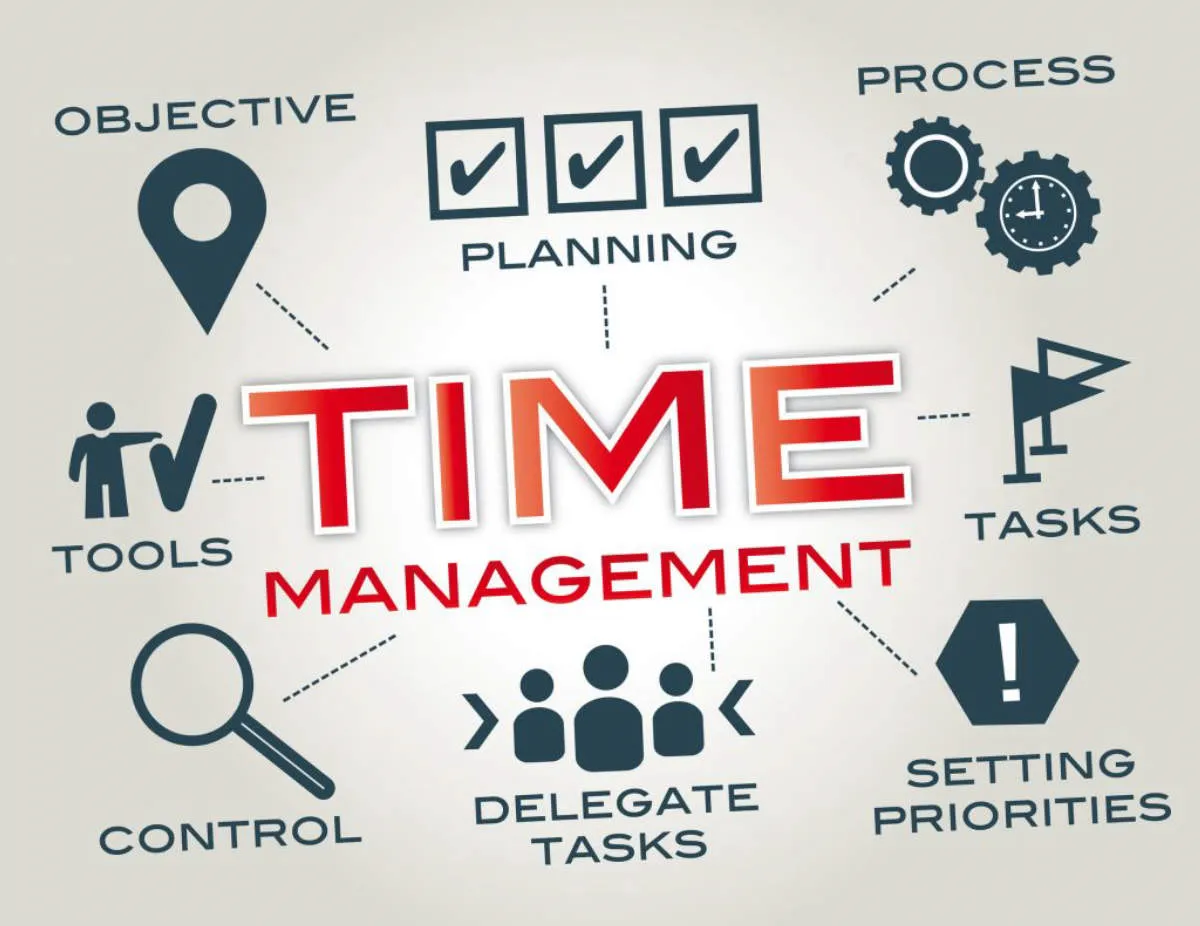Learn effective time management strategies to boost productivity and reduce stress for busy professionals. Discover practical tips and techniques to prioritize tasks, optimize your schedule, and achieve work-life balance.
Prioritize Your Tasks
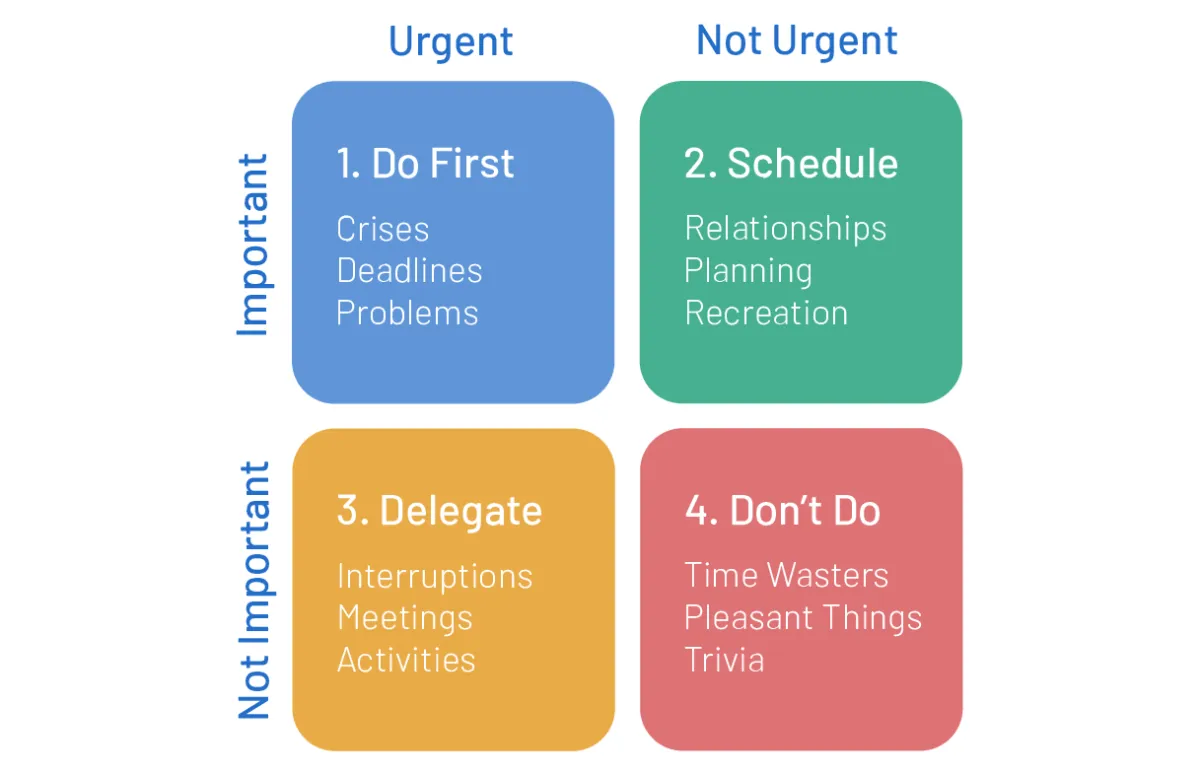
Even with meticulous planning, there will always be more tasks than time available. Effective time management hinges on your ability to prioritize tasks effectively. This involves understanding which tasks are truly important and aligning your actions accordingly.
Here are a few strategies to help you prioritize your tasks:
1. Use the Eisenhower Matrix
This classic method categorizes tasks based on urgency and importance.
- Urgent and Important: Do these tasks immediately.
- Important, Not Urgent: Schedule dedicated time for these tasks.
- Urgent, Not Important: Delegate these tasks if possible.
- Not Urgent, Not Important: Eliminate these tasks altogether.
2. Implement the 80/20 Rule
Also known as the Pareto Principle, this rule suggests that 80% of your results come from 20% of your efforts. Identify those high-impact tasks within the “Important” category and prioritize them.
3. Set Clear Goals
Having well-defined goals provides a framework for decision-making. When you encounter a new task, ask yourself: “Does this task contribute to my current goals?” If not, consider its relevance before prioritizing.
Create a Daily Schedule
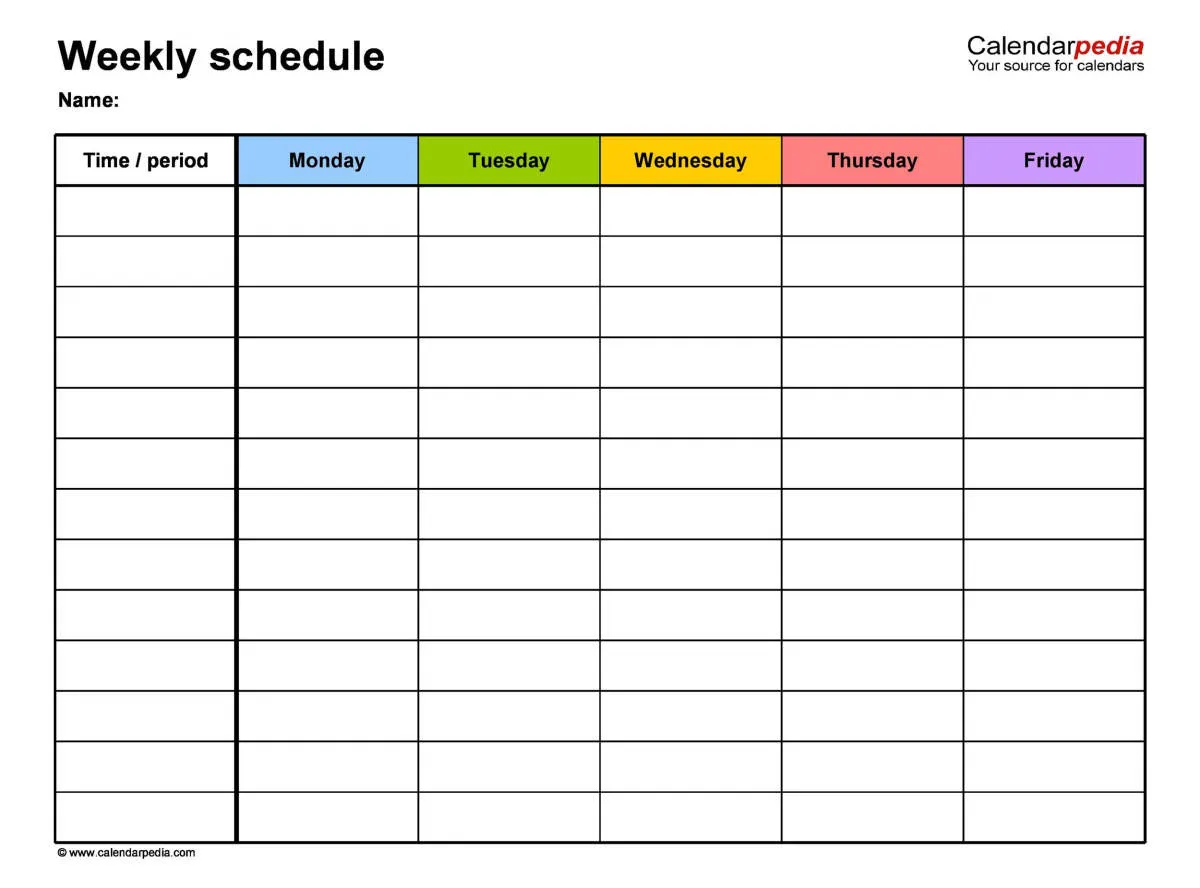
A cornerstone of effective time management is a well-structured daily schedule. This acts as your roadmap throughout the day, ensuring you stay focused and productive. Here’s how to create one that works for you:
1. Identify Your Peak Productivity Periods
Everyone has times during the day when they are naturally more alert and focused. Are you a morning person who tackles tasks best before noon? Or do you hit your stride in the late afternoon? Identify these peak periods and schedule your most challenging or important tasks during those times.
2. Prioritize Tasks Effectively
Not all tasks are created equal. Use a prioritization technique like the Eisenhower Matrix (Urgent/Important) to categorize your tasks. This helps you allocate time to what truly matters and delegate or eliminate less crucial activities.
3. Time Blocking
Instead of just listing tasks, allocate specific time blocks for each one. If a report takes roughly 2 hours, block out a 2-hour chunk in your schedule dedicated solely to that report. Be realistic with your time estimates and factor in short breaks to maintain focus.
4. Build in Flexibility
While structure is key, it’s important to acknowledge that unexpected events pop up. Incorporate buffer time into your schedule to accommodate urgent requests or delays. This prevents your entire day from being derailed by a single unforeseen event.
5. Leverage Technology
Digital calendars, scheduling apps, and task management tools can be invaluable assets. They streamline the process of creating, organizing, and adjusting your daily schedule. Explore different options and find what integrates seamlessly with your workflow.
Set Clear Goals

Effective time management hinges on a clear understanding of what you want to achieve. Without well-defined goals, it’s easy to get caught up in the whirlwind of daily tasks without making significant progress. Setting clear goals provides direction and purpose, enabling you to prioritize tasks effectively and allocate your time wisely.
Here’s how to set clear goals for effective time management:
- Identify Your Long-Term Vision: What do you want to achieve in the long run? Defining your overarching aspirations provides context and motivation for setting smaller, actionable goals.
- Break Down Long-Term Goals: Divide your long-term goals into smaller, manageable milestones. This makes them less daunting and allows you to track progress incrementally.
- Use the SMART Method: Ensure your goals are:
- Specific
- Measurable
- Attainable
- Relevant
- Time-bound
- Prioritize Your Goals: Not all goals are created equal. Prioritize them based on urgency, importance, and impact on your overall objectives.
- Write Your Goals Down: Putting your goals in writing solidifies your commitment and serves as a visual reminder.
Avoid Procrastination

Procrastination is a silent productivity killer that affects even the most organized individuals. Putting off tasks until the last minute can lead to stress, burnout, and subpar work. Here are some tips to combat procrastination:
1. Identify Your Procrastination Triggers:
Do you get distracted by social media? Do certain types of tasks make you anxious? Understanding what causes you to procrastinate is the first step towards overcoming it.
2. Break Down Large Tasks:
Overwhelming projects can be daunting. Break them down into smaller, manageable chunks that feel less intimidating to start.
3. Utilize the “Two-Minute Rule”:
If a task can be completed in two minutes or less, do it immediately. This simple rule helps you clear your plate quickly and builds momentum.
4. Create a Schedule and Stick To It:
Structure your day with dedicated time slots for different tasks. Having a schedule provides clarity and reduces the urge to procrastinate.
5. Eliminate Distractions:
Turn off social media notifications, silence your phone, and create a dedicated workspace free from interruptions. Minimizing distractions can significantly improve your focus.
6. Reward Yourself:
Positive reinforcement is powerful. Set small milestones and reward yourself upon completion. It could be a short break, a treat, or simply acknowledging your accomplishment.
Delegate Tasks
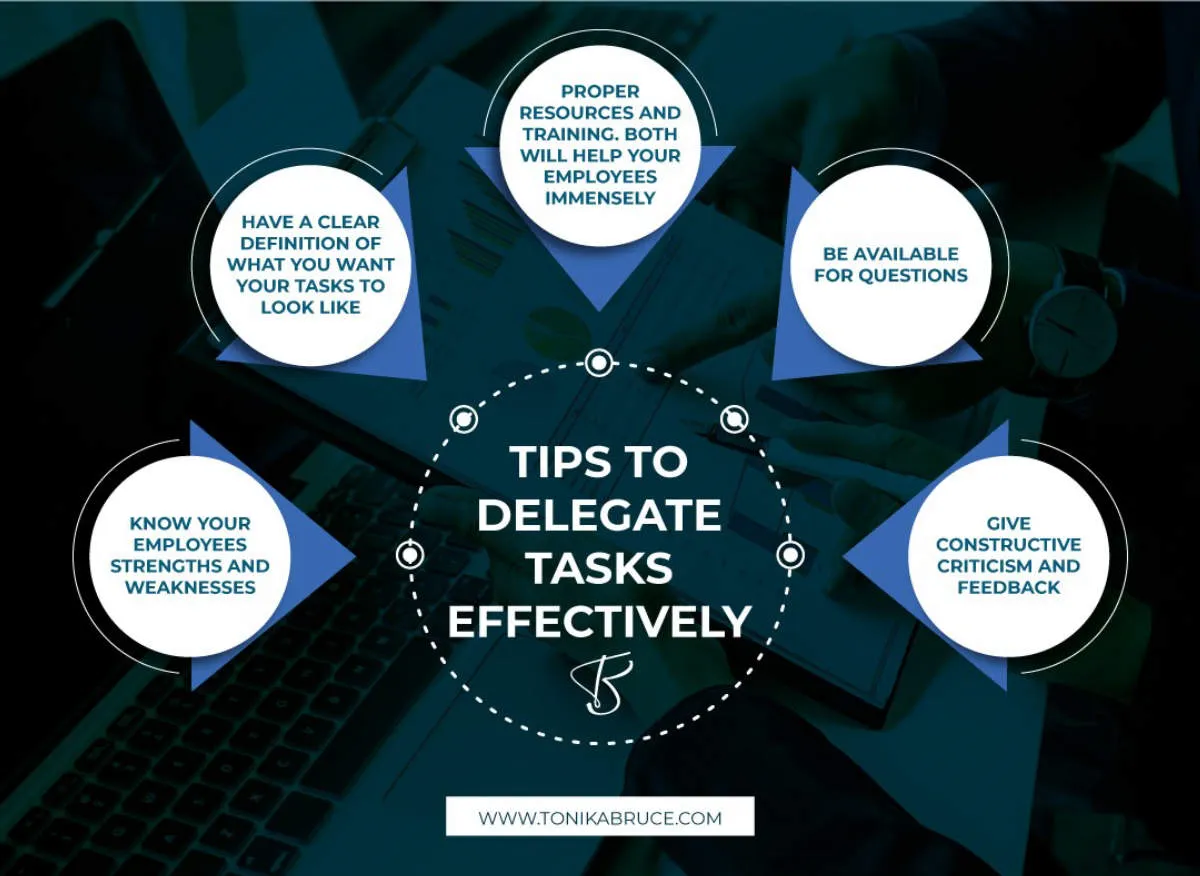
One of the most effective time management strategies for busy professionals is delegation. Many leaders and managers hesitate to delegate tasks, either because they think no one else can do the job as well as they can, or they are uncomfortable giving directions to others. However, effective delegation can save you significant time and energy, allowing you to focus on higher-level tasks.
Here are some key tips for effective delegation:
- Identify tasks that can be delegated. Not all tasks are suitable for delegation. Look for tasks that are repetitive, time-consuming, or don’t require your specific expertise.
- Choose the right person for the job. Consider the skills, experience, and availability of your team members when delegating tasks. Ensure the person you choose has the necessary skills or provide them with appropriate training.
- Clearly communicate expectations. Provide clear instructions on what needs to be done, the desired outcome, and the deadline. Be available to answer questions and provide support as needed.
- Delegate authority along with responsibility. Empower your team members to make decisions and take ownership of the delegated tasks.
- Provide regular feedback and recognition. Monitor progress, provide constructive feedback, and acknowledge a job well done. This will help your team members learn and grow.
Use Time Management Tools
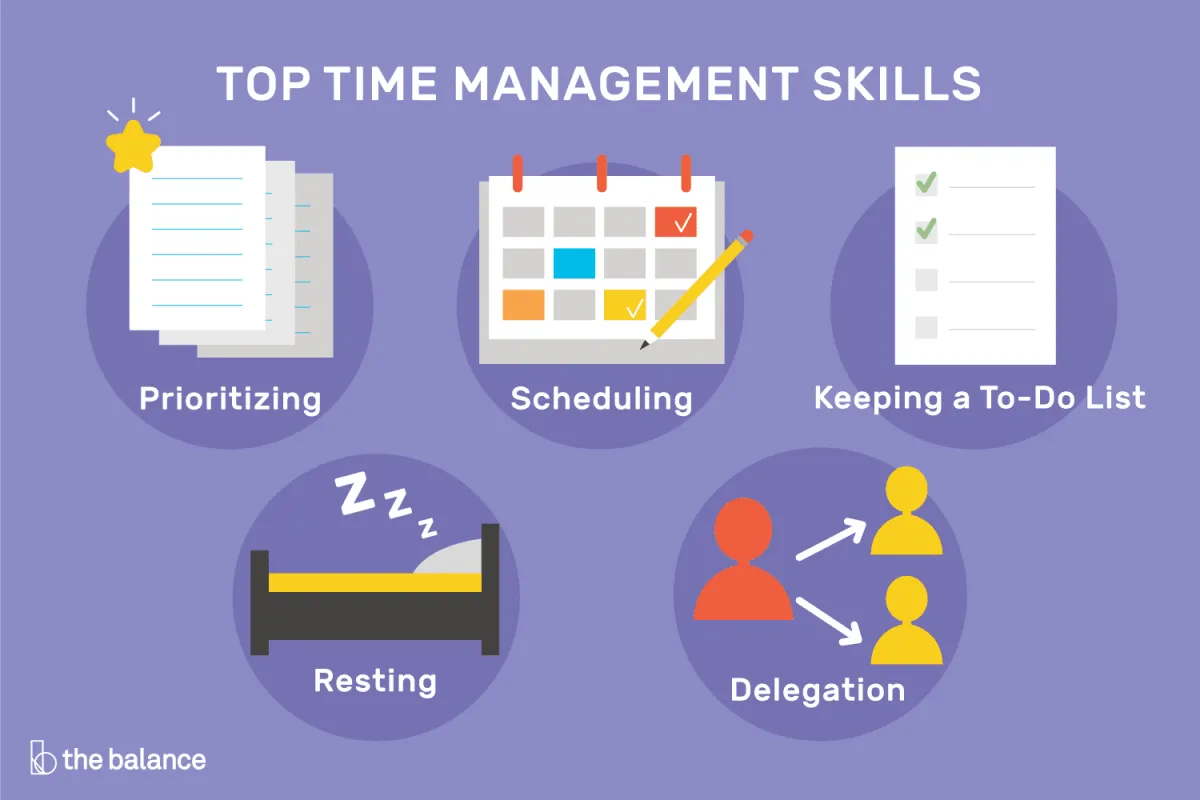
In today’s fast-paced work environment, leveraging time management tools can be a game-changer for busy professionals. These tools help streamline tasks, improve organization, and boost overall productivity. Here are some popular types of time management tools to consider:
1. Digital Calendars and Scheduling Apps:
Utilize digital calendars like Google Calendar, Outlook Calendar, or Apple Calendar to schedule appointments, set reminders for deadlines, and allocate time blocks for specific tasks. Scheduling apps such as Calendly can automate appointment booking, saving you valuable time.
2. Task Management Apps:
Break down large projects into smaller, manageable tasks using task management apps like Asana, Trello, or Todoist. These tools allow you to create task lists, assign deadlines, track progress, and collaborate with team members effectively.
3. Time Tracking Software:
Gain valuable insights into how you spend your time with time tracking software such as Toggl, RescueTime, or Clockify. By monitoring your time usage, you can identify time-wasting activities, improve focus, and optimize your daily schedule.
4. Focus Apps:
Combat distractions and enhance concentration using focus apps like Forest, Freedom, or StayFocusd. These apps temporarily block distracting websites and applications, creating a more productive work environment.
5. Note-Taking and Organization Tools:
Keep your thoughts, ideas, and important information organized with note-taking tools like Evernote, OneNote, or Notion. These tools offer features for note-taking, creating to-do lists, and storing documents in a centralized location.
By incorporating these time management tools into your workflow, you can effectively manage your time, improve organization, and achieve a better work-life balance.
Take Regular Breaks

It might seem counterintuitive, but taking regular breaks can actually boost your productivity. When you’re engrossed in work for hours on end, your focus and energy levels naturally decline. Short breaks act as a reset button, allowing you to come back to your tasks feeling refreshed and more alert.
Try these break techniques:
- The Pomodoro Technique: Work in focused 25-minute intervals, followed by a 5-minute break. After every four “pomodoros,” take a longer break of 15-20 minutes.
- The 52/17 Rule: Similar to the Pomodoro Technique, this method suggests working for 52 minutes and then taking a 17-minute break.
- Mindful Moments: Even a minute or two of deep breathing, stretching, or meditation can help clear your head.
Experiment with different break frequencies and durations to find what works best for you. The key is to step away from your work, even briefly, to recharge your mental batteries.
Eliminate Distractions

In today’s hyper-connected world, distractions are plentiful and can easily derail even the most well-intentioned schedule. To truly master time management, you need to identify and minimize these productivity roadblocks.
Here are some practical steps to take:
- Turn Off Notifications: Silence email, social media, and other app notifications, especially during focused work sessions. Consider setting specific times to check and respond to messages.
- Create a Dedicated Workspace: If possible, have a designated work area that is free from distractions like television or household clutter. This helps signal your brain that it’s time to focus.
- Use Website and App Blockers: For those times when willpower isn’t enough, leverage technology! Utilize website and app blockers to temporarily restrict access to tempting platforms during work periods.
- Communicate Boundaries: Inform colleagues, family, and friends about your focused work times to minimize interruptions. A simple “Do Not Disturb” sign can work wonders.
- Schedule Breaks Strategically: Stepping away from work at regular intervals can actually boost productivity. Use these breaks to address distractions, clear your head, and return refreshed.
Review and Adjust Your Schedule
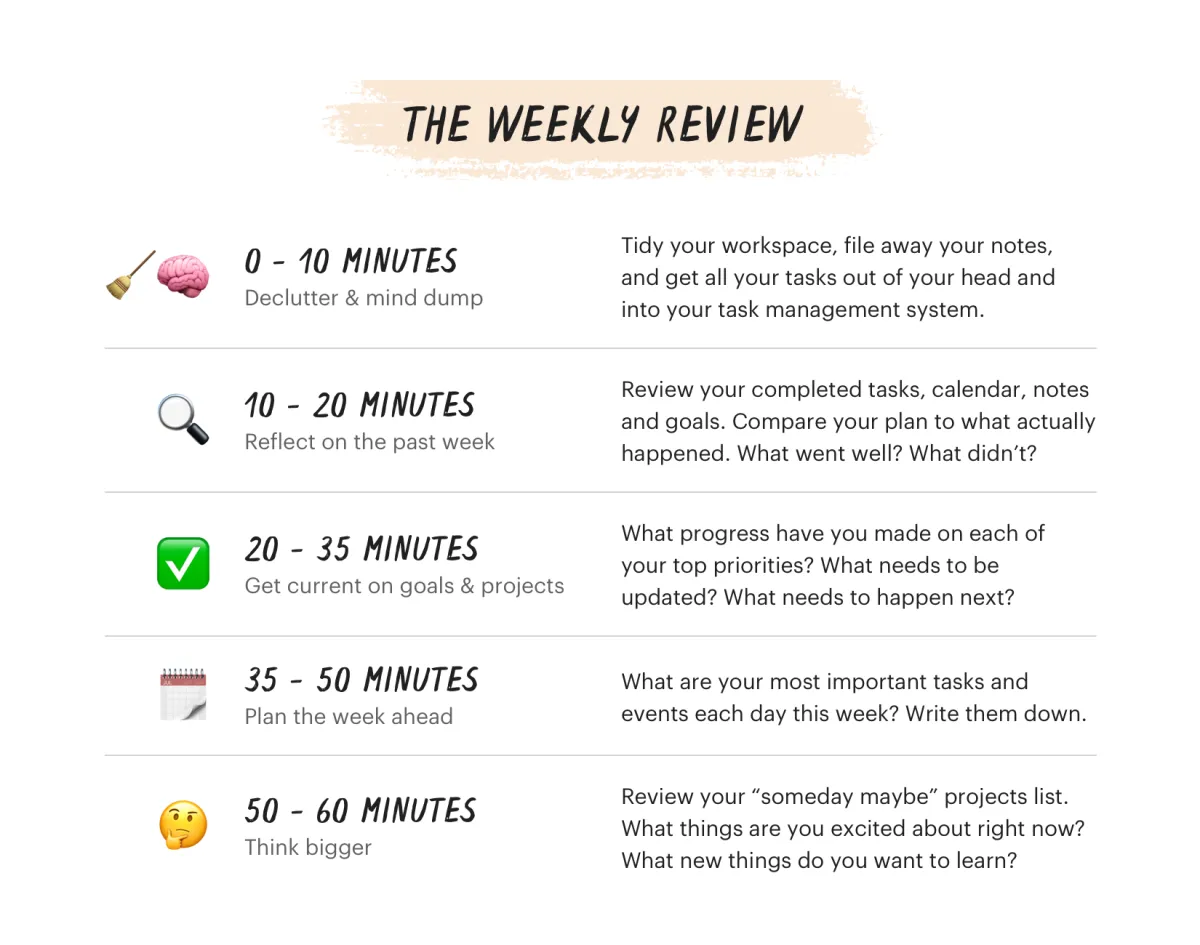
A well-structured schedule is only effective if it’s consistently reviewed and adjusted. Don’t be afraid to make changes as needed. Life is dynamic, and your schedule should be flexible enough to accommodate new projects, unexpected events, and shifting priorities.
Here are some tips for reviewing and adjusting your schedule:
- Regularly assess your schedule. Set aside time each week or month to evaluate what’s working and what’s not. Are you consistently running over on meetings? Do you have enough time blocked off for focused work?
- Identify areas for improvement. Once you’ve identified areas where your schedule isn’t serving you well, brainstorm potential solutions. Could you delegate tasks, shorten meetings, or batch similar activities together?
- Be realistic about your time. It’s easy to overestimate how much you can accomplish in a day. Be honest with yourself about your limits and avoid overscheduling.
- Don’t be afraid to say no. Saying no to new commitments can be tough, but it’s essential for protecting your time and avoiding burnout.
- Embrace flexibility. Unexpected events and shifting priorities are a part of life. Build flexibility into your schedule to accommodate these changes without derailing your entire day.
Maintain a Work-Life Balance

Maintaining a healthy work-life balance is crucial, especially for busy professionals. Without it, you risk burnout, decreased productivity, and strained personal relationships. Effective time management isn’t just about getting more done at work, it’s about making time for what matters most outside of work as well.
Here are some key strategies to help maintain this balance:
- Set Boundaries: Establish clear boundaries between work time and personal time. This might mean setting specific work hours and sticking to them, limiting after-hours email checks, and creating a dedicated workspace at home to avoid blurring the lines.
- Prioritize Personal Time: Just like you schedule meetings and deadlines, schedule time for yourself and loved ones. Whether it’s a workout, a family dinner, or a weekend getaway, putting it on the calendar makes you more likely to follow through.
- Learn to Say No: It’s easy to get overloaded. Learn to say no to additional commitments, both at work and in your personal life, if they threaten to overwhelm your schedule and compromise your well-being.
- Unplug Regularly: Make a conscious effort to disconnect from work completely for certain periods. This could mean turning off notifications on your phone, taking a technology-free vacation, or simply engaging in activities that help you relax and recharge.
- Don’t Neglect Self-Care: Prioritize activities that nourish your physical and mental health. This might include exercise, meditation, healthy eating, getting enough sleep, or pursuing hobbies you enjoy. Taking care of yourself makes you more resilient and effective in all areas of your life.
Conclusion
Implementing effective time management strategies can significantly improve productivity and reduce stress for busy professionals, leading to better work-life balance and overall success.

